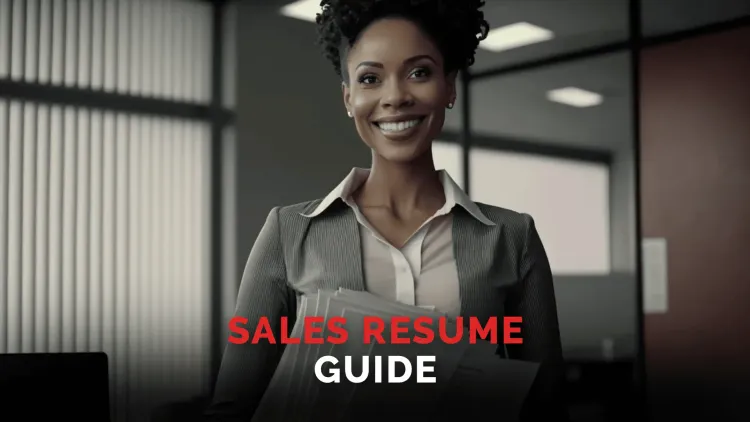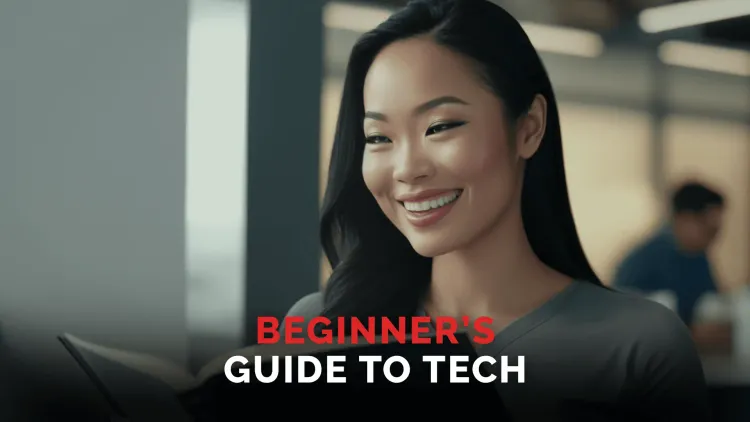Posting To LinkedIn For Sales Reps: Content and Optimization
Posting to LinkedIn can seem like a chore. But not many chores have the potential to fill your sales pipeline continuously over time. Posting to LinkedIn, an overview on the content to post, and how to optimize it.
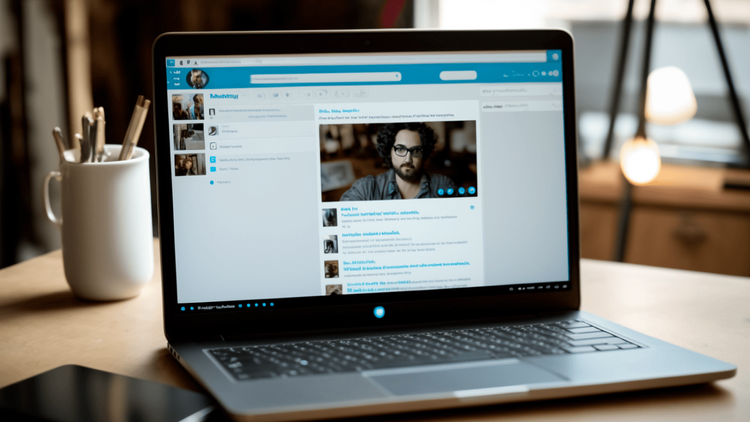
Aug 23, 2022
Posting to LinkedIn can seem like a chore. But not many chores have the potential to fill your sales pipeline continuously over time.
Content marketing Personal branding and building and online presence is as important as it’s ever been. A strong online presence paired with attractive content can engage your audience and solidify your business even in your off hours. The problem is that too much of the marketing advice that gets floated around isn’t platform specific.
LinkedIn is its own ecosystem, with its own advantages and challenges. A sales rep that goes in knowing the unique landscape of the platform is already a step ahead. That’s where we want to get you, so let’s take a look at the best practices for posting on LinkedIn.This is broken up into two sections that support each other: the content you post and how to optimize it.
Posting To LinkedIn - Content
Keep content relevant
The process of creating content should be fulfilling in and of itself. That’s the best way to guarantee a sustainable posting habit and keep up the motivation, but it’s still marketing at the end of the day. The end goal isn’t creation; it’s posting content that is relevant to what your audience wants.
As a platform largely for professionals, LinkedIn is where people go to solve professional problems, and that can mean anything from expanding a network to building a reputable profile to picking up lessons from those who’ve walked the path they’re getting ready to start on.
Understand the wider trends of LinkedIn audiences, and then find the specific problems your posts are best positioned to solve. Our advice before you dive in? Understand that audience size is relative.
We've all see 'thought leaders' who post fluff but have been promoted in the algorithm to cult status. Their posts get views and engagement, but these 'thought leaders' aren't always considered experts for the actual works that done in the weeds.
There are a TON of smaller individuals who have a strong audience following because they keep their content relevant to their niche. Their audience gets continual value and real-life learnings from their content, and as a result, they are well respected and viewed as the authoritative sources in their respective communities. Check out a few examples to see what we mean:
| Name: | Niche: |
| Justin Welsh | SMB / Go To Market |
| Kevin Dorsey | Sales / Team Leadership |
| Sarah Brazier | SDR / AE Content |
| Amy Volas | Sales Recruitment |
| Morgan J Ingram | SDR Content |
Post with the intent to attract
As of 2021, 51% of US graduates have LinkedIn profiles. The platform is home to 90 million senior-level stakeholders and over 60 million users who are in decision-making positions. In 2020, 57% of LinkedIn users were over the age of 35, with the most well represented age demographic being 46—55.
These are users whose age, education and professions create certain behaviours on LinkedIn. They know exactly what a sales pitch looks like, and they’re not there to be sold things. Advice and information are more attractive to professional audiences than products.
In other words, LinkedIn audiences are looking to invest in expertise. If you’re looking to attract your audience, lead with a knowledge-based approach.
Understand the wider trends of LinkedIn audiences, and then find the specific problems your posts are best positioned to solve. In the B2B space there are certain post types that perform better than others. Posts that include headlines like the following have historically performed well on LinkedIn:
- "How To..."
- "The X..."
- "X Things..."
- "X Ways To..."
- "The Future Of..."
- "X Things You..."
- "How To Get..."
For more on headline formation - read the BuzzSumo article on writing engaging B2B headlines. Remember, it's your content — but it needs to be formatted in a way that appeals to the audience.
Incorporate Media
This is one of those universally-taught social media strategies that can work really well, but only if you know what it means for your platform.
The emphasis on embedding media for a platform like Twitter, for example, is built around an engagement algorithm. Pictures and videos introduce a separate metric - impressions and views – that counts towards the overall engagement ratio. And yet an oversaturation of media there can lead to audience fatigue and a clunky feed.
Including media the right way in LinkedIn posts can have multiple benefits if you use them with intent.
If you want to include images, a good rule of thumb is 'does this add to the post or my brand in a positive and genuine way'? In the post below, we were able to capture a moment in time that helped commemorate a team milestone. This image passed that question with flying colours.
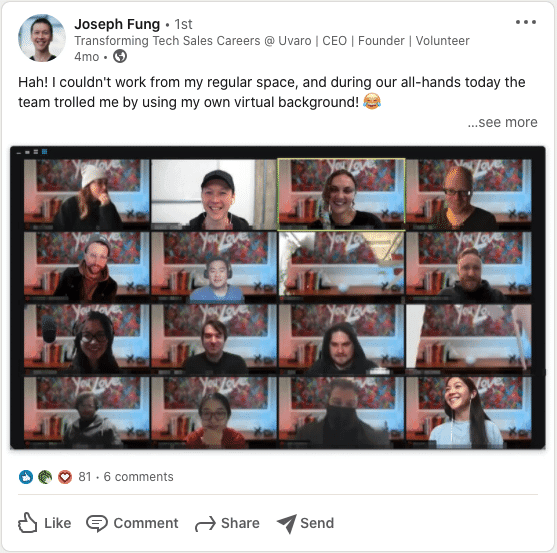
Images should be relevant to those points, too. Stock images are visual filler and a wasted opportunity. Custom images, like infographics, give you the opportunity to bring your brand identity to the fore.
Establish your voice
This is a hidden gem that comes out of posting to LinkedIn daily, and something that will serve you well beyond LinkedIn.
Your voice – by which we mean your tone, style and presentation of information – is part of your online presence. It’s how your dedicated audience recognizes you in each post and it’s a selling point to strangers.
Just take a look at the experts you follow. Their voices all differ somewhat, but they’re consistent and recognizable. That said, don’t study them to imitate – that’s just an exercise to understand the value of a strong voice.
Your voice will naturally strengthen as you create more posts, but there are things you can actively do to lay the foundations.
- Avoid being condescending: thought leaders are teachers, the point is to make content accessible
- Decide on tone: a lot of audiences prefer a relaxed tone when presented with complex information, but others may want a more formal or technical approach
- Pick a perspective: are you writing as yourself or your company? Are you speaking to a crowd or individuals?
Developing your voice takes time, but it’s a process that will serve you everywhere from a LinkedIn post or an investor pitch.
Posting To LinkedIn - Optimization
Data analytics put you ahead
Sometimes, the best content can take off by itself, but a sales rep should never leave that to luck. The goal isn’t to wait for something to go viral, it’s to follow the steps that can replicate success consistently.
That’s where optimization comes in. LinkedIn has a host of tools to help you understand audience behavior, post engagement, growth rate, impressions and click through rate. We call the best practices involved in making the most of this data optimization.
The analytics on past posts is where this information is tracked. Getting familiar with it early will help you grow now, but it will also put you in a position to take advantage of exceptional growth periods. Proper analytics are also how you can pull your content strategy out of a rut if things begin to stagnate.
Best practice? Start recording your numbers in an Excel or Google sheet 24-hours after posting. It won't take long before you'll be able to spot the trends on how to perform better with how and when you post your content.
Posting times and engagement trends
There’s no universally accepted best time to post content on LinkedIn. Over 75% of LinkedIn users are from outside of the US, so the best time to post will be determined by your audience’s geography and schedule.
Even if your audience is based primarily in the US, three hours still separate New York and Los Angeles. To quote LinkedIn’s own marketing solutions team: updates posted in the morning usually earn the highest engagement, with a slight bump occurring again after business hours.”
This doesn’t necessarily mean you should find the middle ground between your biggest demographic locations. Instead, see it as a time to experiment. Post within a range of times that accommodate different people and make note of which times offer you the best responses.
Optimal times can move around. Global Workplace Analytics forecasted that up to 30% of US workers will be working remotely in 2021 for at least two days a week. Even looking beyond a post-pandemic world, startups are incorporating remote working into their models right from the jump. People generally have more control over their schedules now.
When key factors become more flexible, the best practice can be to experiment.
Strong preview information and posting schedules
These two practices go hand in hand. Creating a posting schedule and sticking to it is how you build a reputation for consistency and foster audience trust. Making sure you get your headlines and lede right is how you optimize that schedule.
The first two lines are critical for grabbing attention and capturing the reader on the post. In the example below; the first line grabs your attention, the second line explains the reason for the post, and the image fills in the rest of the details.
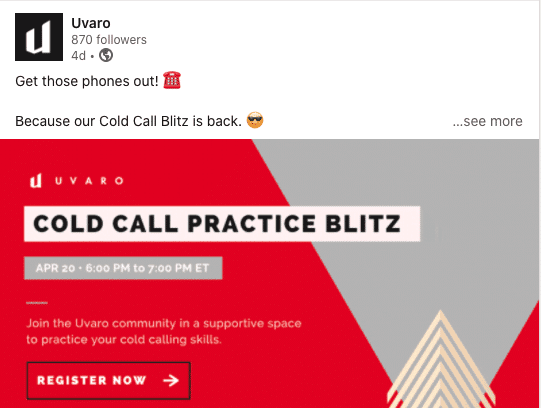
The better you optimize these first two lines, the more attention your post will attract. As you get better at this, you'll also notice more people viewing your profile because strong posts lead to more profile clicks. This is where you can really land them as followers on LinkedIn.
Your profile will display your last three articles as well as the dates they were posted on. Try experimenting with these articles and build your headlines around key trends mentioned earlier (How To”, X tips for Y”, The future of X”). If someone chooses to click on your profile to learn more, this is how you help your audience identify their problem while also positioning your posts as solutions.
In Conclusion
Best practices for posting to LinkedIn work best when you incorporate them together. On one hand, they’re designed to keep your content focused on what your audience wants. On the other, they keep your process flexible enough to adapt to trends and changes.
It takes consistent practice to master them, and the experience you gain will only make it easier to grow. Apply for Uvaro's online courses today to kickstart your career growth in tech.




